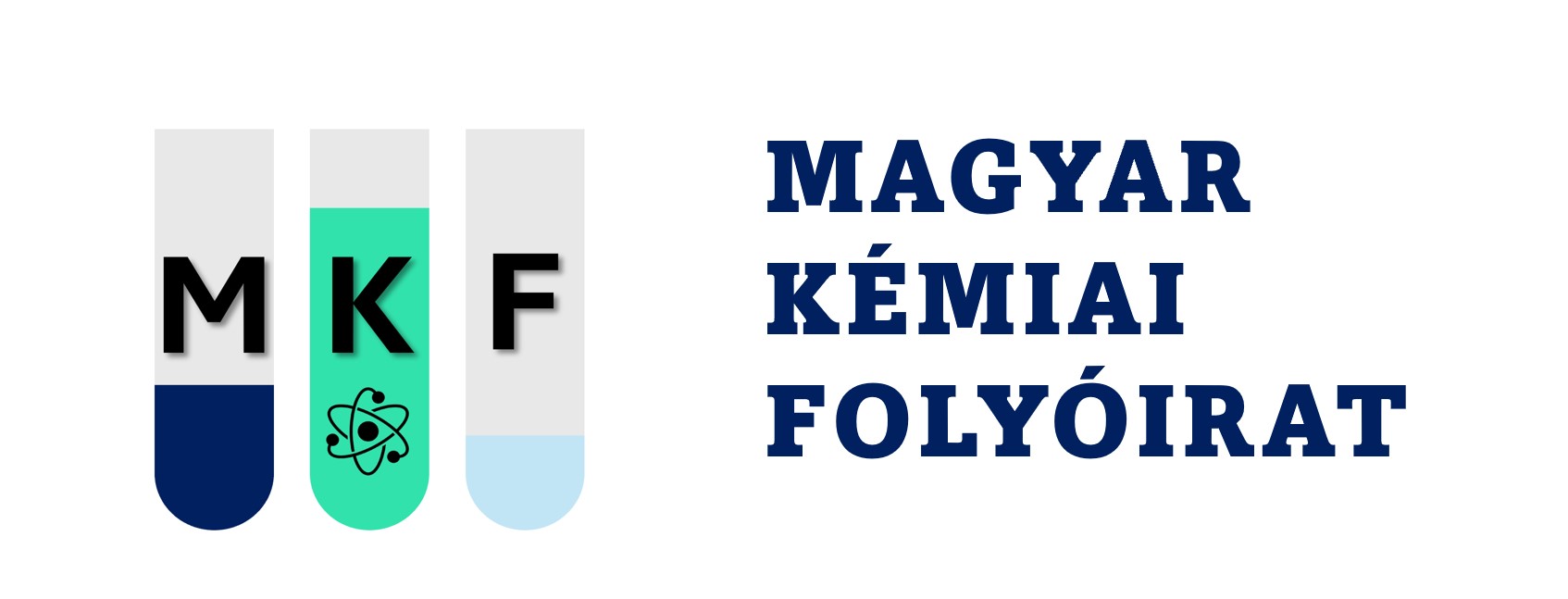Particle size reduction processes in modern drug formulation: nasal and pulmonary drug administration
DSC Summary
Abstract
Modern pharmaceutical technology is focused on formulations that are targeted to the exact site at the appropriate time, with maximum efficiency and with reduced side effects. Nanoparticle engineering has been developed and reported for pharmaceutical applications. In this approach, poorly water-soluble compounds are formulated as nanometer-sized (< 1000 nm) drug particles. Nanoparticulate technology offers increased bioavailability, improved absorption, and the potential for drug targeting. The main question of our work is, how can we use and apply the prepared nanosized systems (as predispersions) in drug formulation (to reach local or systemic effect) to get effective therapies for different diseases. Therefore, we should find cost-effective production by new technological processes containing the most important technological and material parameters. The main focus of my research work is the development of modern, innovative particle size reduction processes for the production of predispersions by modification the physico-chemical properties of model active ingredients, Using experimental design to identify technologies that can also be used by industry, as well as by developing test methods (in vitro, ex vivo and in silico) to acquire knowledge that helps the development and production of modern pharmaceutical formulations. In this work, different methods were used to decrease particle size into the micro- or the nanosize range. They can be divided into two main categories: bottom-up and top-down techniques. These two categories are not separated sharply, because the combination of the top-down and the bottom-up technique is necessary to control the particle size. Basically, we focused on the following methods: research and development of dry/wet milling; ultrasonic-assisted nanoprecipitation and preparation of nanocarriers by nano spray drying. We developed formulations for per os, nasal and pulmonary application. The applied model drugs were nonsteroidal anti-inflammatory agents such as meloxicam. Different type of excipients e.g. PVA, PVP, PEG, Leucine, Inhalac, Mannitol, Hyaluronic acid were used. Characterization of micrometric and physicochemical properties, structure, compatibility, stability, in vitro, ex vivo and in silico properties took a part of the scientific evaluations. The innovative formulations could play a significant role in modern therapies. We monitored the dry/wet grinding parameters and the factors affecting nano-precipitation, used alternative energy sources based on solvent evaporation, designed compositions and production parameters in the 1-5 µm and 100-500 nm particle size ranges. A predispersions (liquid and solid formulations of nanosuspensions) were produced with innovative technological solutions (formation of particles with a specific habit), optimized the products, and in some cases the intermediate product as final products (stabilizers, drying procedures, composition, toxicity) could be used. Furthermore, with preformulation tests, we determined the additives necessary for alternative drug intake (pulmonary, nasal) and their applicable concentrations in the case of different dosageforms. We developed a new preparation protocol for delivering nanoparticles to the lungs by developing a „nano-in-micro” inhalation product (innovative product). In silico aerodynamic model was introduced as a part of inhalation investigation protocol. A horizontal diffusion model for the examination of suspensions and powders (geometric arrangement, real-time analysis, membrane impregnation, small volume). was also used. Based on these results, we carried out research and development of innovative product compositions containing nano-sized active ingredients, which may be suitable for intranasal and pulmonary intake, e.g. for the treatment of neurodegenerative and paint treatment (nasal powder and nasal spray containing meloxicam) and chronic obstructive pulmonary diseases (inhalation powder containing meloxicam). The results can help the production of extra generic forms, as well as the development of possible original nanomedicines.





